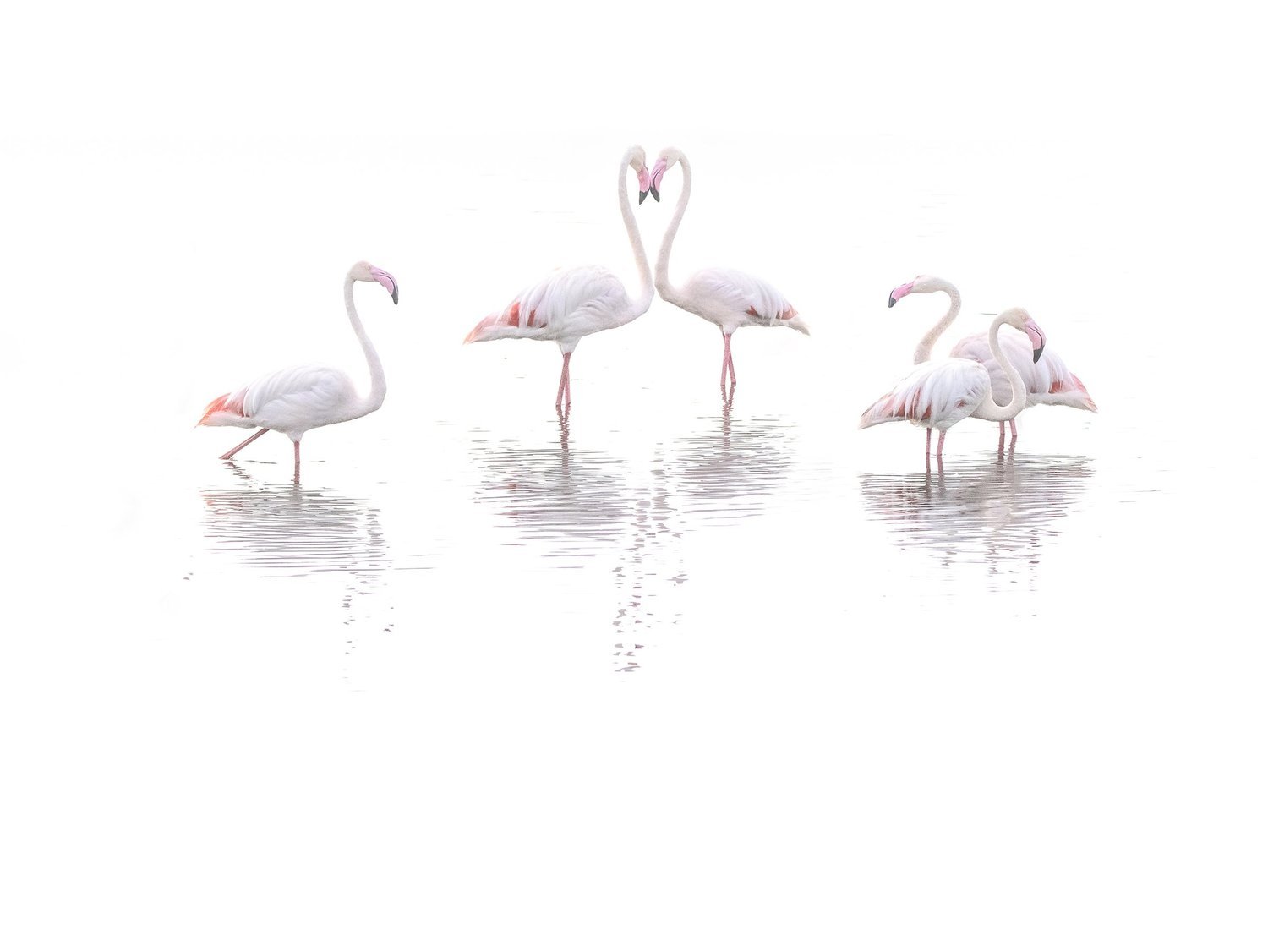The Journey from Amateur to Professional Wildlife Photographer
Wildlife photography is a captivating art form that attracts both professionals and amateurs alike. While both share a passion for capturing the beauty of nature, several key differences set them apart. Let's explore these differences in terms of gear, preparation, dedication, and access to wildlife.
Gear: The Tools of the Trade
Amateur Photographers:
Typically start with entry-level or mid-range cameras and lenses.
May use standard zoom lenses, which offer versatility but might lack the reach and quality required for distant or fast-moving subjects.
Often rely on basic tripods and accessories.
Professional Photographers:
Invest in high-end cameras with advanced features like fast autofocus, high frame rates, and excellent low-light performance.
Use specialized lenses such as super-telephoto lenses (e.g., 400mm, 600mm) that provide exceptional image quality and reach.
Equip themselves with sturdy tripods, gimbal heads, and other professional-grade accessories to ensure stability and precision.
Preparation: The Foundation of Success
Amateur Photographers:
Often take a more spontaneous approach, heading out with their gear and hoping for the best.
They may lack a deep understanding of their subject’s behaviour and habitat.
Professional Photographers:
Conduct extensive research on their subjects, including their habits, movements, and preferred environments.
Scout locations ahead of time, considering factors like lighting, weather, and accessibility.
We plan our shots meticulously, often spending days or weeks preparing for a single photo opportunity.
Dedication to the Craft: Beyond the Hobby
Amateur Photographers:
Engage in wildlife photography as a hobby, balancing it with other commitments like jobs and family.
May lack the time or resources to pursue their passion as intensively as professionals.
Professional Photographers:
Dedicate their lives to wildlife photography, often making significant personal and financial sacrifices.
Continuously hone their skills through practice, workshops, and staying updated with the latest techniques and technologies.
Build a strong portfolio and network within the industry, often collaborating with conservation organizations, magazines, and galleries.
Access to Wildlife: Getting Closer to Nature
Amateur Photographers:
Typically, visit accessible locations such as national parks, wildlife reserves, or local natural areas.
May struggle to get close to elusive or rare species due to limited knowledge or resources.
Professional Photographers:
Gain access to remote and exclusive locations through permits, partnerships, or guided tours.
Develop relationships with local guides and experts who help them track and photograph elusive wildlife.
Spend extended periods in the field, increasing their chances of capturing unique and rare moments.
Transitioning from Amateur to Professional: Steps to Take
For amateur photographers aspiring to become professionals, the journey involves dedication, continuous learning, and strategic planning. Here are some actionable steps to guide you:
Invest in Quality Gear
While you don’t need to buy the most expensive equipment right away, gradually upgrading your gear can significantly improve your photography. Start with a good camera body and invest in a versatile telephoto lens. Consider purchasing a sturdy tripod and other essential accessories.
From Hobbyist to Pro: I know an amateur photographer who started by photographing birds in his backyard. Over time, he invested in better equipment, attended workshops, and studied bird behaviour. He began travelling to national parks and eventually got his photos published in a leading wildlife magazine. His dedication and passion transformed his hobby into a successful career.
Educate Yourself
Learn as much as you can about wildlife photography. Read books, watch tutorials, invest time on specials on services like Netflix, and attend workshops. Study the work of renowned wildlife photographers to understand their techniques and approaches.
Understand Your Subjects
Research the behaviour and habitats of the wildlife you wish to photograph. Understanding your subjects increases your chances of capturing compelling images. Spend time observing animals in their natural habitats to learn their patterns and behaviours.
Practice Patience and Persistence
Wildlife photography requires immense patience. Be prepared to spend long hours, days, or even weeks waiting for the perfect shot. Persistence is key—don’t get discouraged by initial setbacks.
The Tale of Patience: I know a professional wildlife photographer who once spent two weeks camping in the Arctic tundra, enduring freezing temperatures and harsh conditions. His goal was to capture a polar bear hunting. On the final day, just as he was about to pack up, he witnessed and photographed a mother bear teaching her cubs to hunt—a moment of pure magic that made all the hardships worthwhile.
Network and Collaborate
Build connections with other photographers, conservationists, and local guides. Networking can open doors to new opportunities and provide valuable insights and support.
The Power of Networking: Through networking, a friend of mine connected with a local guide who had intimate knowledge of a remote rainforest. This connection granted him access to photograph rare and endangered species, leading to a series of award-winning photos and a collaboration with a major conservation organization.
Create a Strong Portfolio
Develop a portfolio that showcases your best work. Focus on quality over quantity. A strong portfolio is essential for attracting clients, publishers, and potential collaborators.
By following these steps and learning from the experiences of others, amateur photographers can embark on their journey to becoming professional wildlife photographers. It’s a path filled with challenges, but the rewards of capturing the beauty of nature are truly unparalleled.
Many of the people who travel with me want to take the journey down the path to being a better wildlife photographer. Join me on a wildlife photography workshop and let me help you become a better wildlife photographer.





